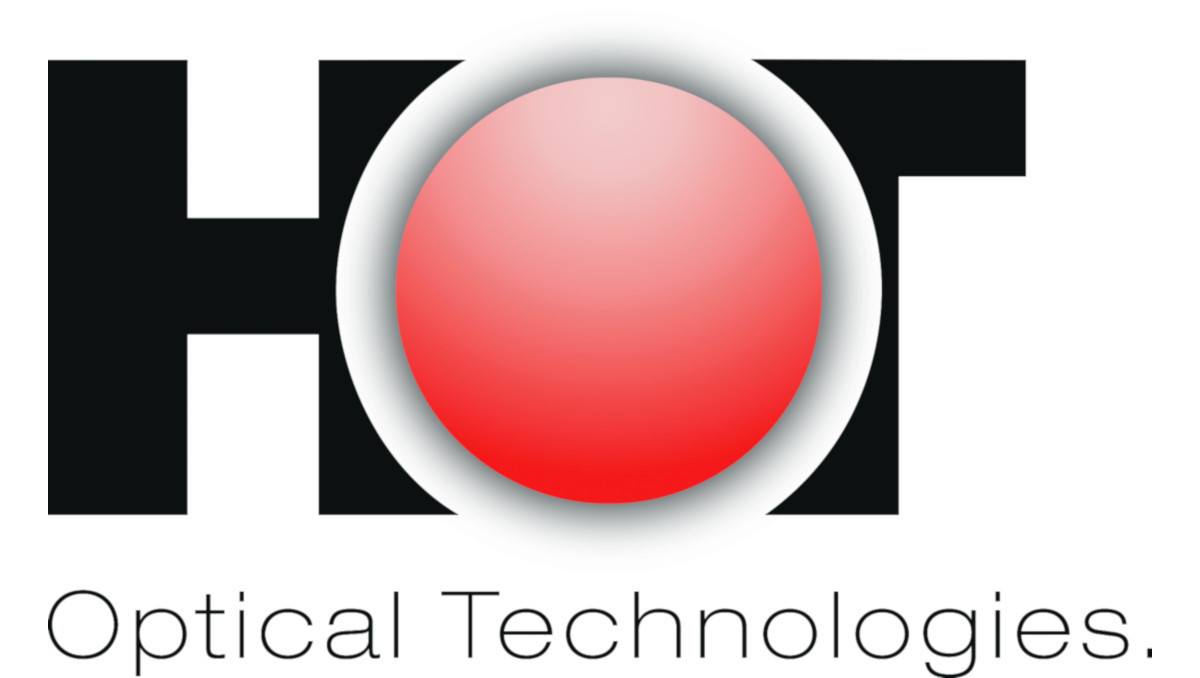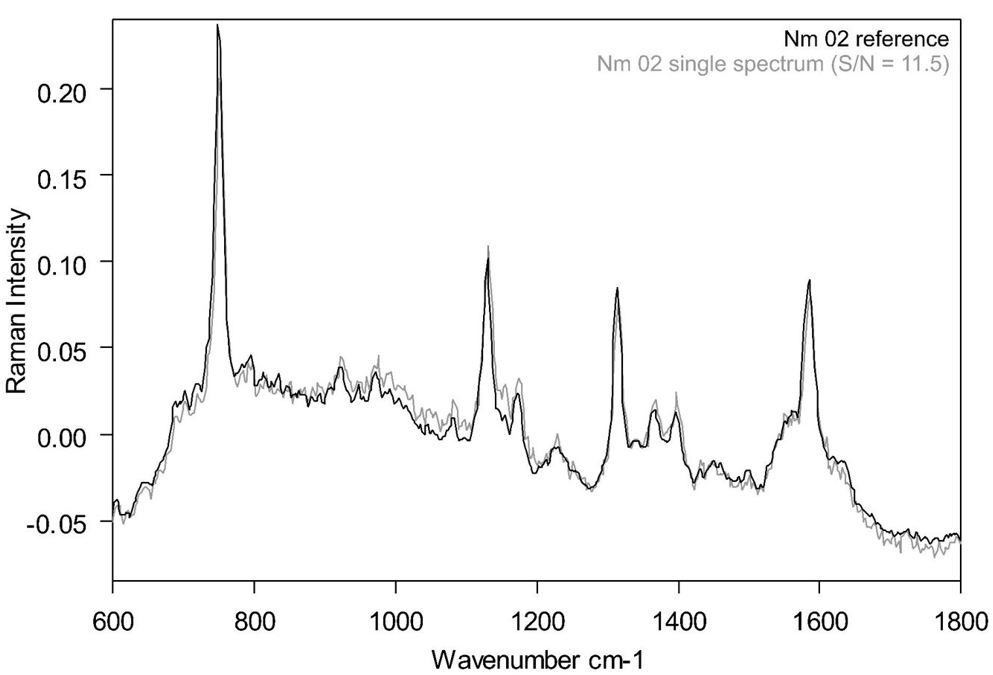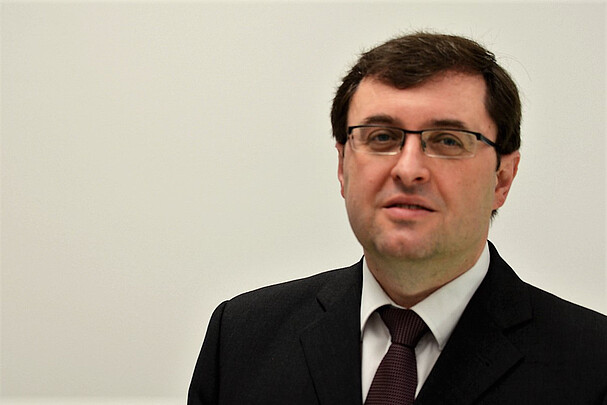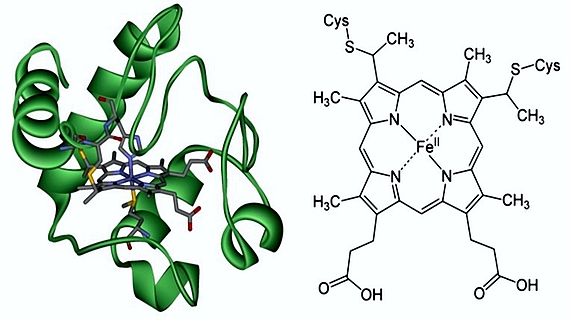
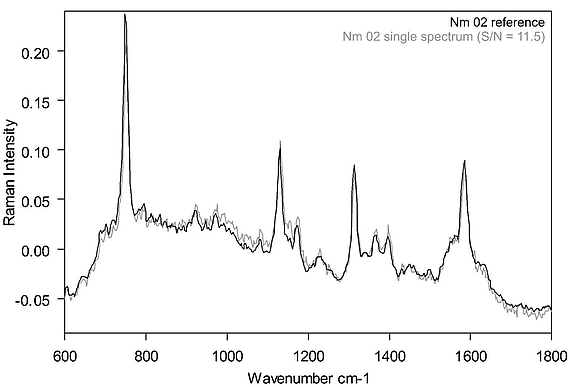
As part of its applied research in optical technologies, the HOT works on several focal topics from the fields of biophotonics, life sciences, and environmental analytics.
Currently, our work focuses on
- microplastics: online-detection in flowing drinking water
- microalgae: carotenoid analysis and effects of environmental stress
- bacteria: non-invasive analysis of relative relatedness („in vivo phylogeny“)
- biofilms: non-invasive observation over time, species identification, and 3D structure
- human skin: optical analytics (dermatoscopy, melanoma thickness, quantification of carotenoids, vitamin D synthesis)
- inner ear: non-invasive optical diagnostics
- proteins: functional analysis
Experimental Methods and Data Analysis
For this, we are working on new or improved experimental and data analysis methods:
- Multivariate and cluster analysis: for the discrimination and grouping of spectra
- Raman Resonance Profiles: high-resolution resonance profiles, molecular identfication, and tunable Rayleigh-filters
- Simulation and image processing: Raman spectra, OCT, opto acoustics, photophysics and -chemistry
Optical Methods
Our most often used optical methods are
- confocal Raman microscopy (spatial resolution at cell level; molecular information)
- resonance Raman spectroscopy (molecular and molecular group-information)
- absorption- and transmission spectroscopy
- holographic microscopy
- opto acoustics
- optical coherent tomography (OCT)
and the combination of these methods.
Research Projects
-
OCTLed by: B. Roth, M. RahlvesYear: 2011
![]()
-
ODONTOYear: 2011
-
RRS-OALed by: M. WollweberYear: 2011Funding: DFG
![]()
-
Research Initiative "Water and Security"Led by: B. Roth, M. WollweberTeam:Year: 2011
-
Skin cancer screeningDevelopment of a digital dermoscopy device with extended diagnostic scope for automated whole-body skin cancer screening (early detection of melanoma)Led by: M. WollweberYear: 2012
-
Determination of melanoma thickness via optoacoustics and optical coherence tomography (OCT)Development of a method for the preoperative determination of the thickness of melanoma suspicious skin lesions.Led by: B. Roth, M. Wollweber, U. Morgner, M. RahlvesYear: 2013Funding: BMBF
![]()
-
OPTIMUS -Raman spectroscopy of microplastics, microbes, and trace elementsonline detection of contaminated microplastics in streaming drinking water with Raman spectroscopy for the BMBF joint project OPTIMUS.Led by: B. RothTeam:Year: 2016Funding: Bundesministerium für Bildung und Forschung (BMBF)
![]()
-
Smartphone based optical point of care testsLed by: K. Bremer, B. RothTeam:Year: 2017Funding: Bundesministerium für Wirtschaft und Energie (BMWi) und Europäischer Sozialfond (ESF)
![]()
-
AMIRA - Analysis of microbial relations in vivo using Raman microscopyProjekt AMIRA is a cooperation between HOT and the department for Hydrobiology and Environmental Biotechnology at the Institute for Sanitary Engineering and Waste Management (ISAH) of the LUH and intends to establish cytochrome c-resonant Raman microscopy (CRRM) for the continuous analysis of bacterial relations in native, undisturbed biofilms in vivo and in situ with a resolution at cell level. This will allow for the time the direct observation of ongoing biofilm formation including phylogenetic information and phenotypic adaptation in complex biofilms in vivo.Led by: A.-K. KniggendorfYear: 2018Funding: Deutsche Forschungsgemeinschaft (DFG) - 397827619
![]()
Group Leader
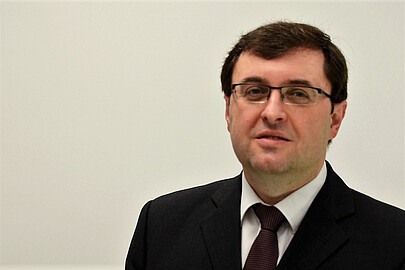
Prof. Dr. Bernhard Wilhelm Roth
Phone
Address
Nienburger Straße 17
30167 Hannover
30167 Hannover
Building
Room

Prof. Dr. Bernhard Wilhelm Roth

